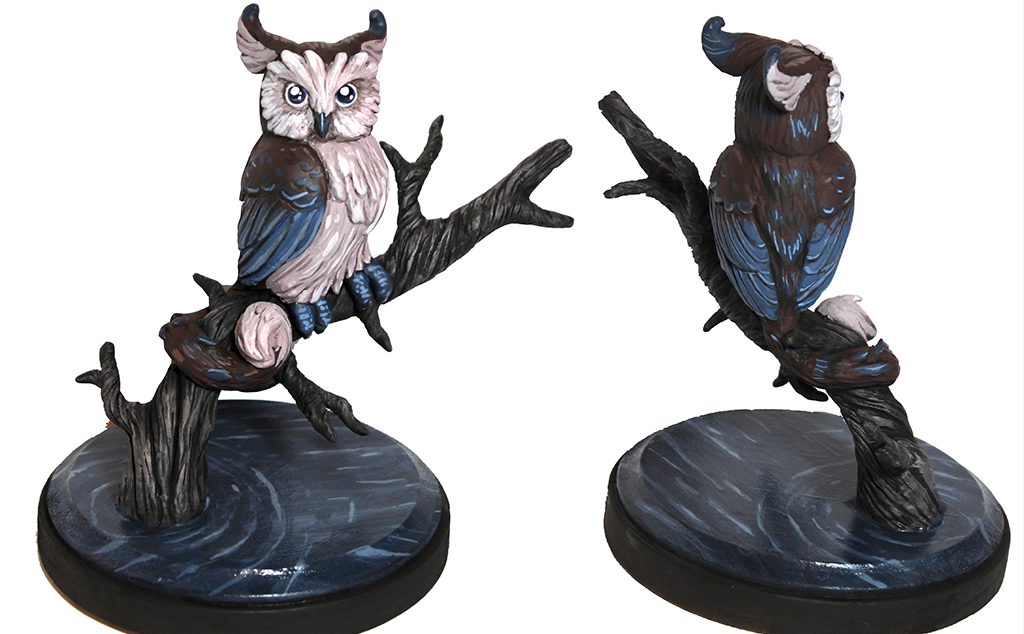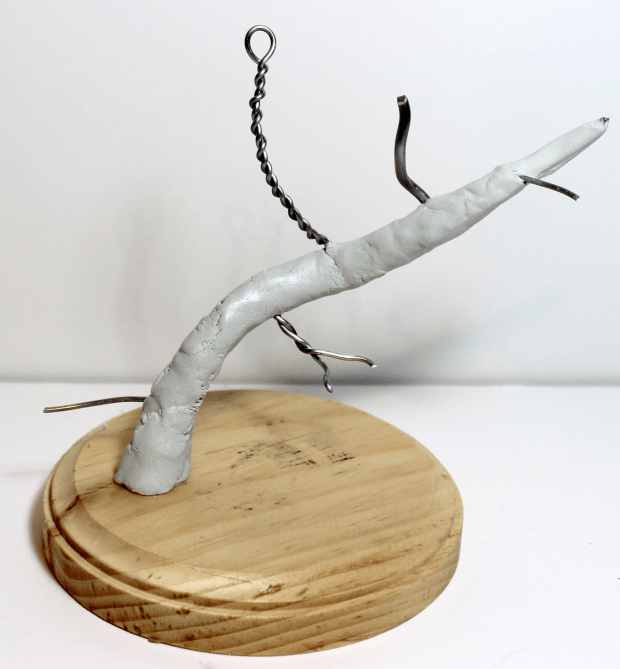Intro/Materials
In this tutorial, I will demonstrate some basic sculpting techniques that can be used to produce your very own sculpture of a fantasy-style owl. Even if you have never sculpted before, this a fairly easy project to complete, using rather basic tools and supplies.
The clay I am using in this tutorial is Sculpey Medium, a polymer clay. You can bake this clay in your home oven and paint the finished piece afterwards. To read more about this clay, check out my review.
I have pictured here my favorite sculpting tools. They come in all shapes and sizes, and range greatly in price. If you are just starting out, I recommend finding a cheap starter set of tools. You can even use things from around the house like knitting needles, pins, and chopsticks. Several gauges of aluminum wire are used for the armature, a thick (9g) and a thin (14g). This wire can be purchased in spools for fairly cheap.
Apoxie Sculpt is used to reinforce the armature. Any 2-part epoxy putty will work in place of this if needed. Just be certain to read ALL safety precautions on the product label and ALWAYS wear gloves when mixing epoxy. A wood base will anchor your sculpture and provide an environment. These are just a few dollars at your local craft store.
You will also need wire clippers, pliers, a drill, sandpaper (around 200 grit) and isopropyl rubbing alcohol. If you want to paint your sculpture, I recommend Cel Vinyl paints, produced by Cartoon Colour. However, any acrylic paint will do.




























